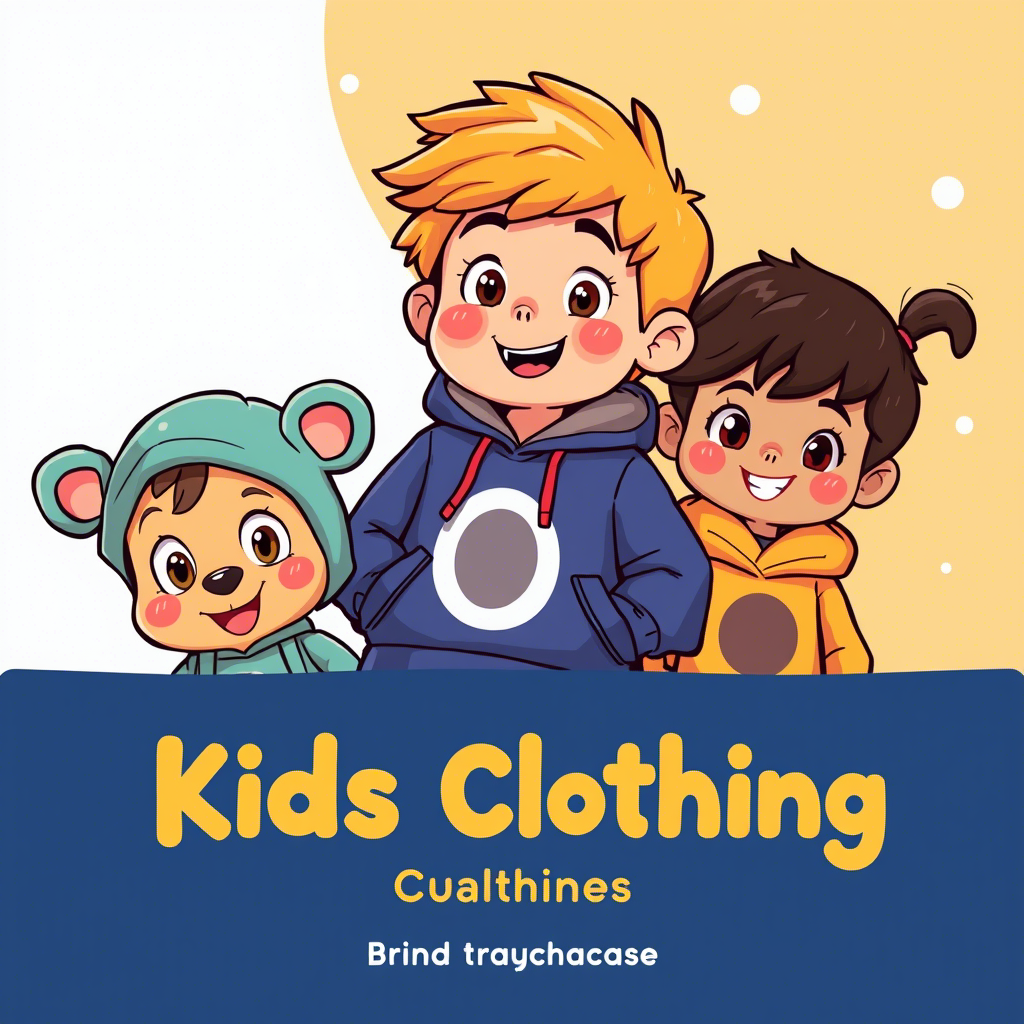Kids Apparel Manufacturers: A Comprehensive Guide
The kids apparel manufacturing industry is a thriving sector that caters to the ever-growing demand for children’s clothing. With an increasing focus on comfort, sustainability, and style, parents are seeking high-quality, durable, and fashionable clothing for their kids. As a result, kids apparel manufacturers are under pressure to deliver products that meet these expectations while ensuring safety, affordability, and eco-friendliness. The significance of this industry lies in its ability to provide children with clothing that not only makes them look good but also contributes to their overall well-being.
The kids apparel market is diverse, with various manufacturers offering a wide range of products. To stand out in this competitive landscape, manufacturers must prioritize factors such as quality, design, and customer satisfaction.  The use of appealing designs and characters on kids’ clothing is a popular trend, as it adds a fun element to the apparel.
The use of appealing designs and characters on kids’ clothing is a popular trend, as it adds a fun element to the apparel.
Key Considerations for Kids Apparel Manufacturers
Quality and Safety
- Material Selection: The choice of fabric is crucial in kids apparel manufacturing. Manufacturers should opt for breathable, soft, and hypoallergenic materials that are gentle on children’s skin.
- Compliance with Safety Standards: Kids apparel manufacturers must adhere to international safety standards and regulations, such as those related to choking hazards, flammability, and chemical content.
- Quality Control Measures: Implementing rigorous quality control processes ensures that products are free from defects and meet the required safety standards.
Design and Innovation
- Trendy and Functional Designs: Kids apparel manufacturers should stay abreast of the latest fashion trends while ensuring that their designs are functional and comfortable for children.
- Incorporating Technology: Some manufacturers are incorporating technology into their products, such as moisture-wicking fabrics or clothing with built-in UV protection.
- Sustainable Design Practices: With the growing awareness of environmental issues, manufacturers are adopting sustainable design practices, such as using recycled materials or minimizing waste.
Marketing and Branding
- Building a Strong Brand Identity: Kids apparel manufacturers can differentiate themselves by creating a strong brand identity that resonates with parents and children alike.
- Effective Marketing Strategies: Manufacturers can leverage social media, influencer marketing, and other digital marketing channels to reach their target audience.
- Engaging with Customers: Building a relationship with customers through responsive customer service and engaging content can foster brand loyalty.
As seen in  , kids apparel is not just about functionality; it’s also about style and making a statement. For those looking for high-quality kids’ outerwear, boys’ coats are a great example of how manufacturers can cater to specific needs while maintaining style and comfort.
, kids apparel is not just about functionality; it’s also about style and making a statement. For those looking for high-quality kids’ outerwear, boys’ coats are a great example of how manufacturers can cater to specific needs while maintaining style and comfort.
Operational Efficiency and Sustainability
Supply Chain Management
- Streamlining Production Processes: Kids apparel manufacturers can improve operational efficiency by optimizing their supply chains and production processes.
- Sourcing Materials Responsibly: Manufacturers should prioritize responsible sourcing of materials to minimize their environmental footprint.
- Reducing Waste: Implementing waste reduction strategies can help manufacturers minimize their environmental impact.
Eco-Friendly Practices
- Using Sustainable Materials: Kids apparel manufacturers are increasingly using sustainable materials, such as organic cotton or recycled polyester.
- Minimizing Environmental Impact: Manufacturers can reduce their environmental impact by adopting eco-friendly production processes and reducing energy consumption.
- Promoting Recycling: Some manufacturers are promoting recycling by designing products that can be easily recycled or reused.
Challenges and Opportunities
Adapting to Changing Consumer Preferences
- Staying Ahead of Trends: Kids apparel manufacturers must stay informed about the latest trends and consumer preferences to remain competitive.
- Responding to Demand for Sustainability: With the growing demand for sustainable products, manufacturers must adapt their practices to meet these expectations.
- Investing in Research and Development: Continuous investment in research and development can help manufacturers stay ahead of the curve.
As depicted in  , comfort is a key consideration for kids apparel. For more information on comfortable and stylish kids’ apparel, exploring options like girls’ dresses can provide insights into how manufacturers cater to diverse needs.
, comfort is a key consideration for kids apparel. For more information on comfortable and stylish kids’ apparel, exploring options like girls’ dresses can provide insights into how manufacturers cater to diverse needs.
Conclusion
The kids apparel manufacturing industry is characterized by a complex interplay of factors, including quality, design, sustainability, and operational efficiency. By prioritizing these aspects and staying attuned to consumer preferences, manufacturers can not only succeed in a competitive market but also contribute to the well-being of children. As the industry continues to evolve, it is likely that we will see even more innovative and sustainable practices being adopted. By focusing on quality, safety, and customer satisfaction, kids apparel manufacturers can build strong brands that resonate with parents and children alike.

Comments